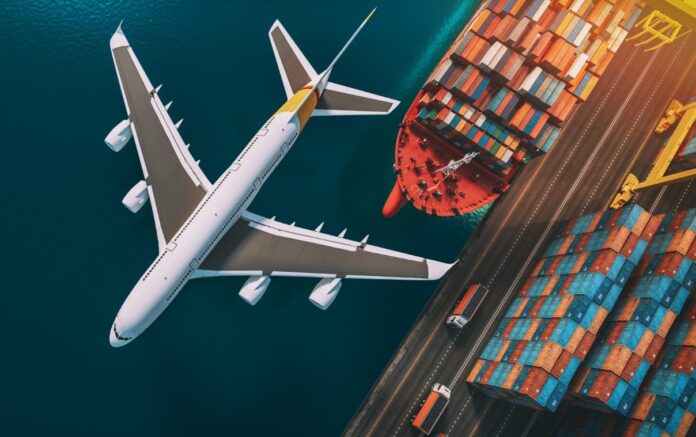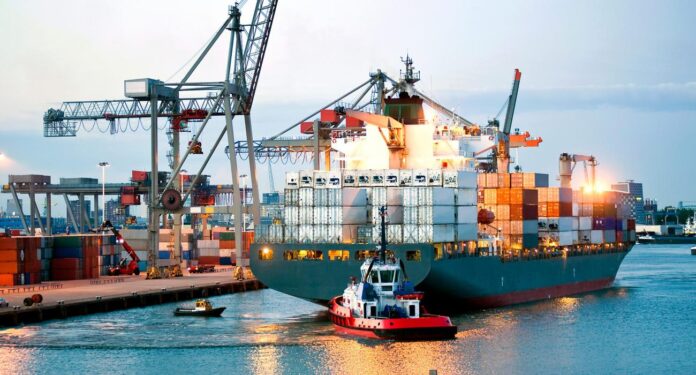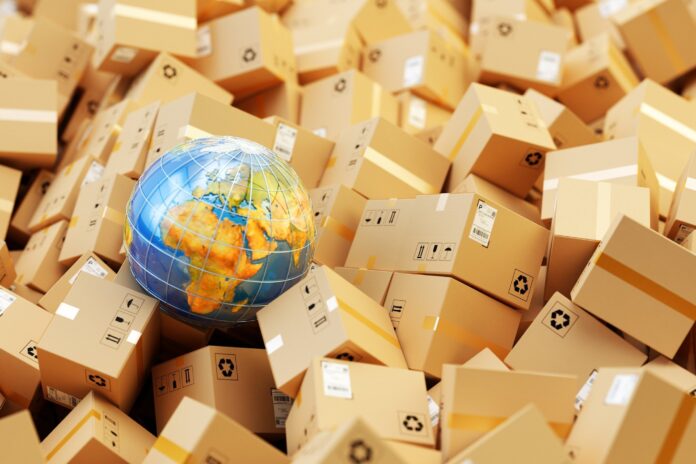The process of international shipping can often seem daunting, especially when shipping from countries as distant from each other as Canada and India, requiring careful consideration of transportation options to ensure that goods arrive safely, efficiently, and cost-effectively.
The choice between different shipping methods is important because it can significantly affect delivery times, costs, and the security of the shipped items.
With globalization making international trade more common, it’s essential to have an understanding of how different shipping options work and which might be best suited for your particular needs.
Factors to Consider When Choosing a Shipping Method

When using a courier service to India to ship goods, businesses are often faced with the challenging decision of choosing between air and sea freight. This choice can significantly impact not only the delivery time and cost but also various other logistical aspects of the transportation process.
Air freight is the faster option, offering high security but at a higher cost. Conversely, sea freight is slower and less predictable but more cost-effective for larger, less time-sensitive shipments.
Cargo capacity favors sea freight, handling large volumes and heavy cargo more efficiently than air travel. While sea freight may experience delays due to port congestion, air freight schedules are generally more reliable.
Additionally, considering environmental impact, air freight has a larger carbon footprint. Ultimately, the decision hinges on priorities—speed and security with higher costs for air freight or cost-effectiveness and larger capacity for sea freight.
The Role of Intermodal Transport
Intermodal transport plays a role in streamlining global trade by merging various modes of transportation to move goods effectively. At the heart of this system is the combination of sea and air freight.
This fusion creates a supply chain model that can adapt to the fluctuating demands of international commerce.
By doing so, businesses can optimize their operations by selecting the best possible route at any given time, minimizing the compromise on delivery speed without incurring exorbitant costs associated with using air freight alone.
Intermodal transport provides the convenience of door-to-door delivery options. This approach facilitates the seamless movement of cargo from the initial point of departure all the way to the final destination, with minimal disruptions.
It involves the coordination of different transportation carriers and modes, including railroads and trucks, ensuring that the cargo stays in motion, reaching customers in a timely manner.
Customs, Regulations, and Compliance

Managing the web of customs processes is an important aspect of international shipping, particularly between countries like Canada and India, each with their own specific set of rules and procedures.
In Canada, customs regulations are enforced by the Canada Border Services Agency (CBSA), while in India, the Central Board of Indirect Taxes and Customs (CBIC) takes on a similar role. Both countries require thorough documentation.
For importers and exporters, understanding each country’s customs processes is essential, involving a myriad of aspects from tariffs and taxes to import licenses and inspections. Staying abreast of these processes not only ensures swift transit but also minimizes the risk of costly delays.
Essential documentation acts as the backbone of successful air and sea shipments. In both Canada and India, any shipment crossing borders must be accompanied by a detailed invoice, a packing list, and a bill of lading for sea shipments or an air waybill for air shipments.
Additionally, depending on the product, further documentation such as certificates of origin, import/export permits, or commodity-specific certifications may be required to comply with international shipping regulations.
Compliance is not merely a legal obligation—it’s also a matter of protecting your business reputation.
A solid understanding and adherence to customs regulations are essential in avoiding penalties, and preserving the integrity of the supply chain, ensuring that commerce flows smoothly across global markets.
Technology and Tracking
Modern technology not only improves efficiency but also gives a sense of control back to both logistics companies and their clients by allowing visibility into the shipping process from point A to B.
Real-time tracking capabilities have been a game-changer in the industry. For sea freight, the days of cargo disappearing into the nautical abyss are long gone.
Instead, GPS technology and other tracking methods enable companies and customers to follow shipments with impressive accuracy.
Similarly, air freight tracking has benefited from technology, providing minute-by-minute updates that were once impossible. With the wealth of data available, companies can analyze routes, identify potential bottlenecks, and choose the most efficient shipping method, based on real-time conditions and historical trends.

The Future of Canada-India Shipping
As two of the world’s burgeoning economies, trade relations between Canada and India have been following an upward trajectory, and current trends indicate that this pattern is likely to continue.
The growth is propelled by mutual economic interests and complementary trade markets, with Canada exporting goods such as pulses, wood products, and minerals while importing textiles, jewelry, and information technology services from India.
Furthermore, a noteworthy increase in the Indian diaspora in Canada has created more channels for cultural and economic exchange, fueling consumer demand and thus bolstering shipping needs.
Looking to the future, advancements in shipping technologies and strategies stand to revolutionize the Canada-India trade corridor.
With the implementation of blockchain technology for tracking, the Internet of Things (IoT) for logistic enhancements, and the increasing use of Artificial Intelligence (AI) for supply chain optimization, businesses can anticipate a more efficient, transparent, and faster trading process.
Conclusion

Companies considering shipping options to and from Canada or India should stay abreast of emerging tech solutions and invest in adaptive shipping strategies that leverage these advancements.
Final recommendations for businesses include diligent market research to understand regulatory changes, fostering relationships with competent local partners to ease the management of regional logistics, and embracing sustainable practices that can provide a competitive edge in a market that’s increasingly conscious of environmental footprints.
Being proactive in adopting these measures can position companies for success in the Canada-India shipping dynamics.








